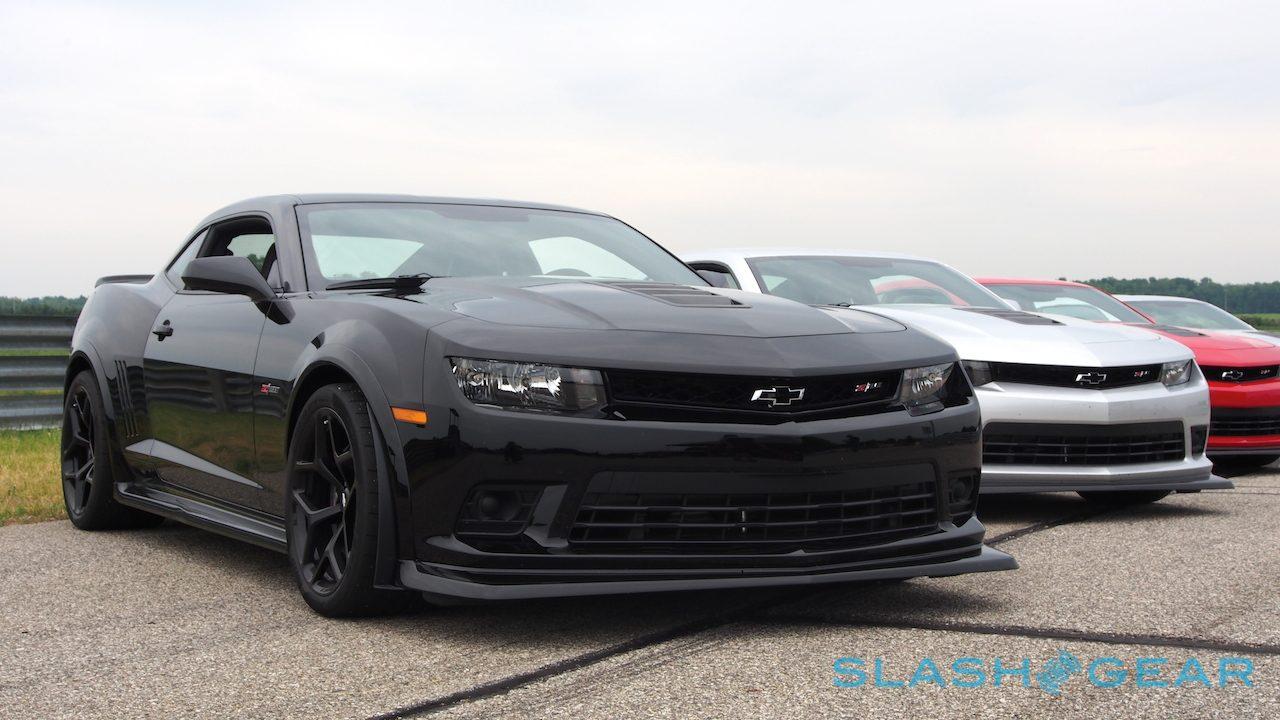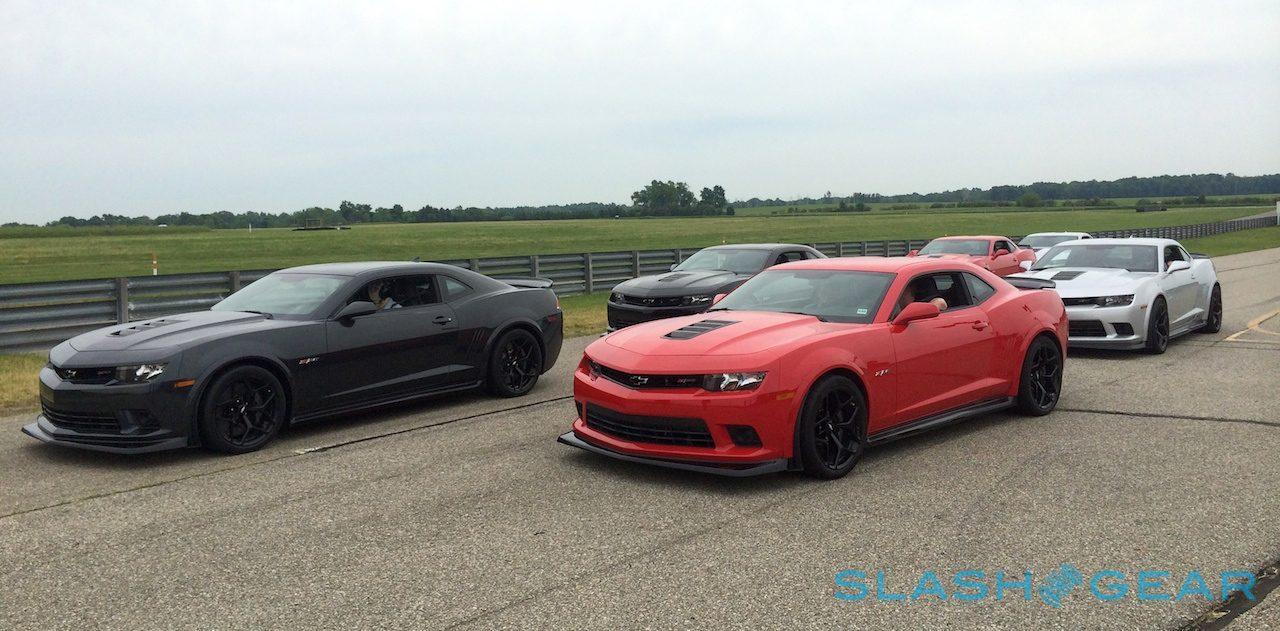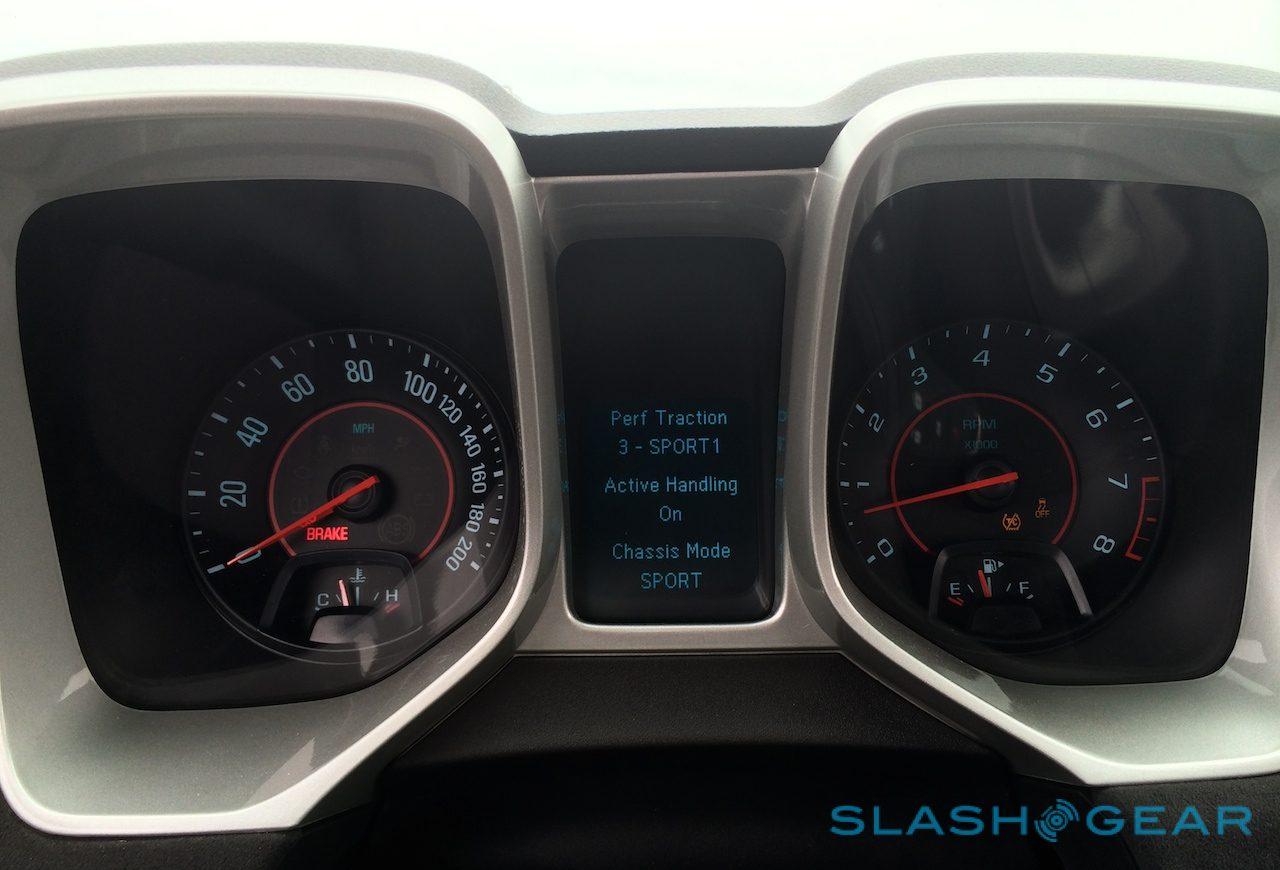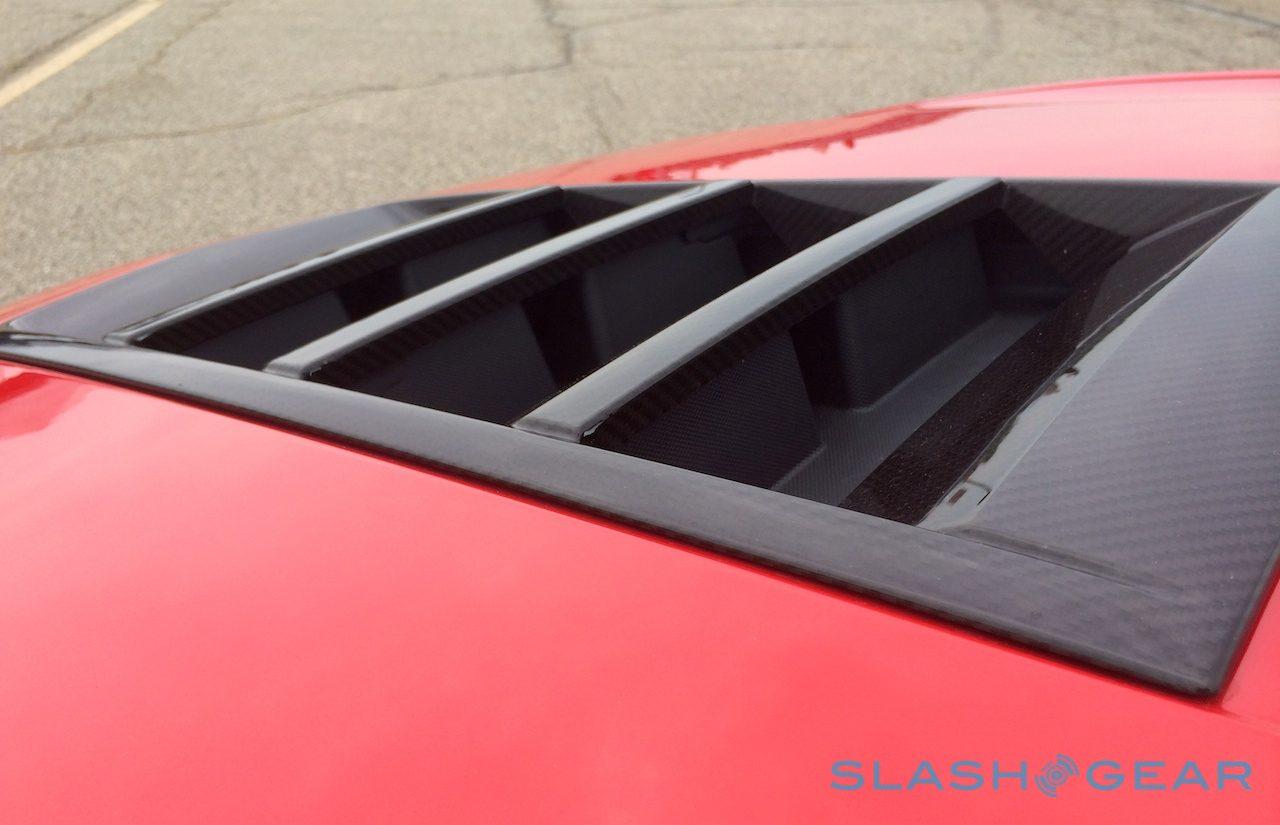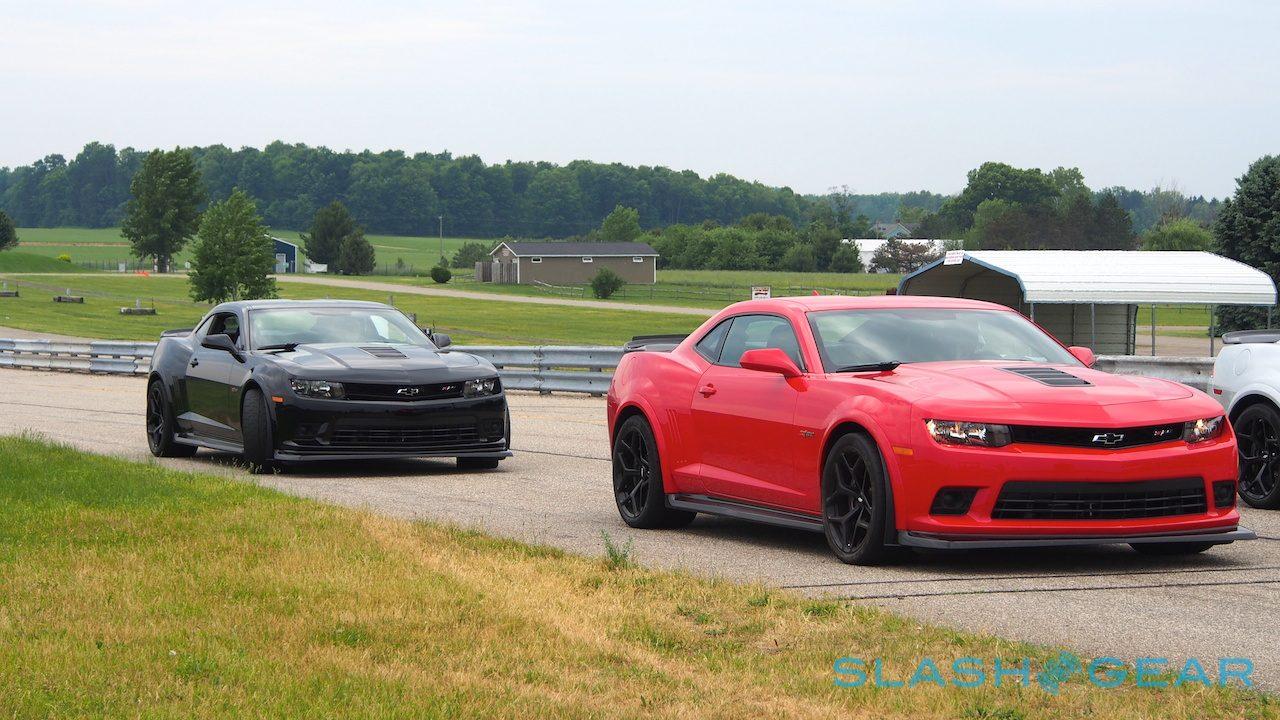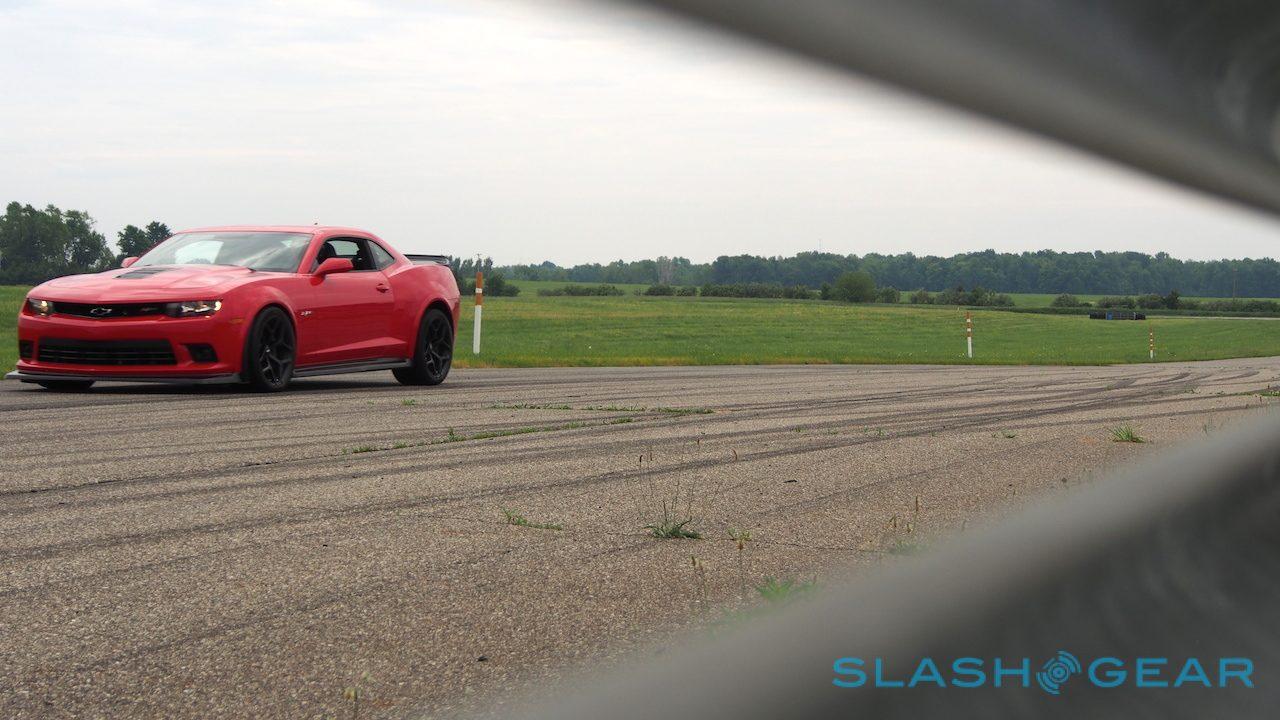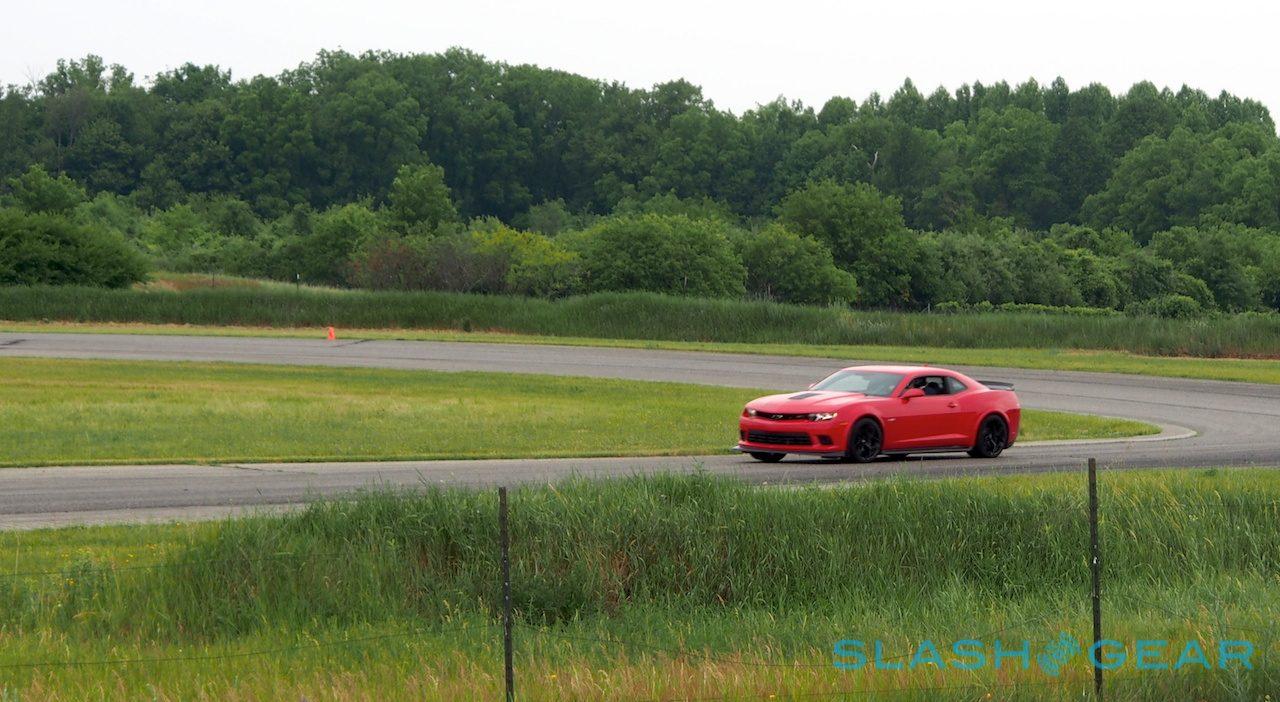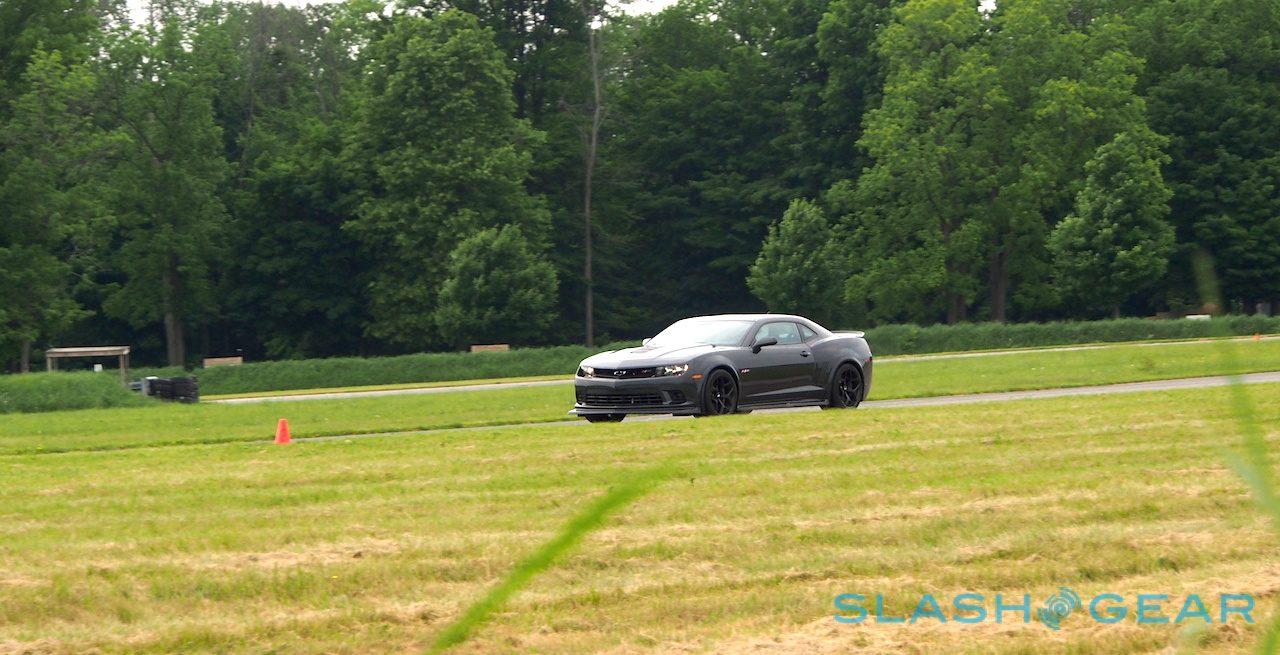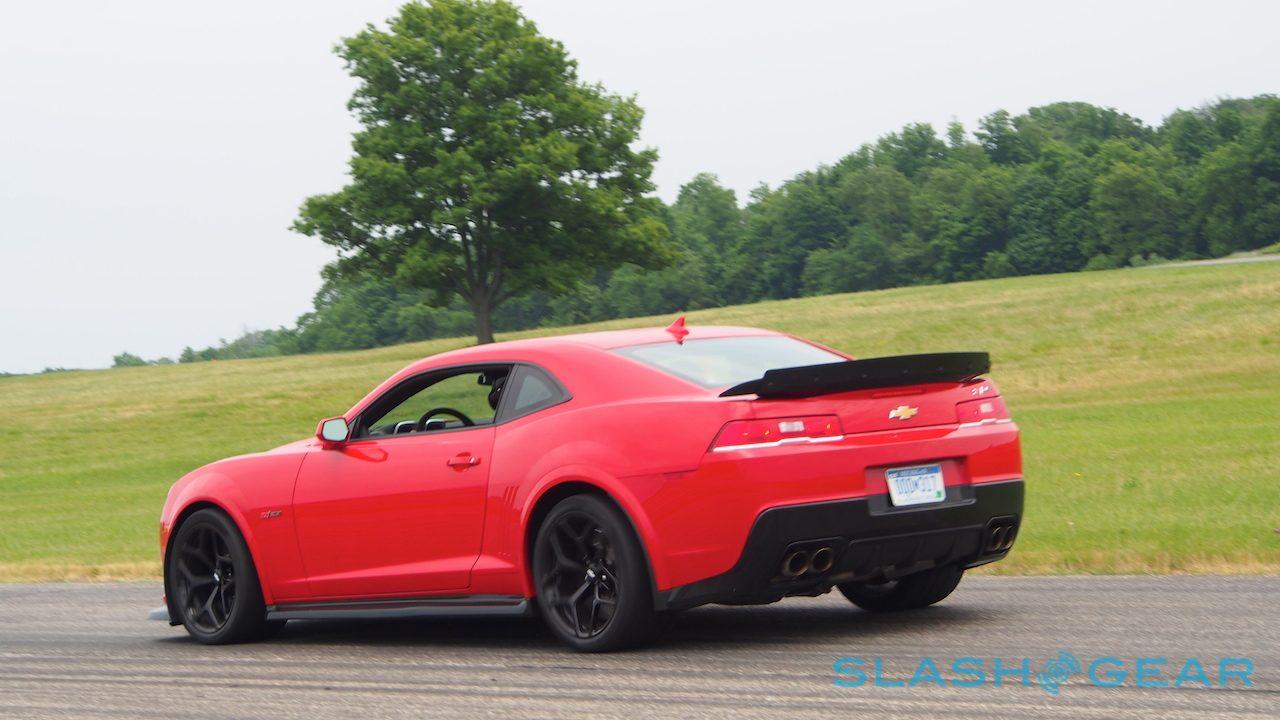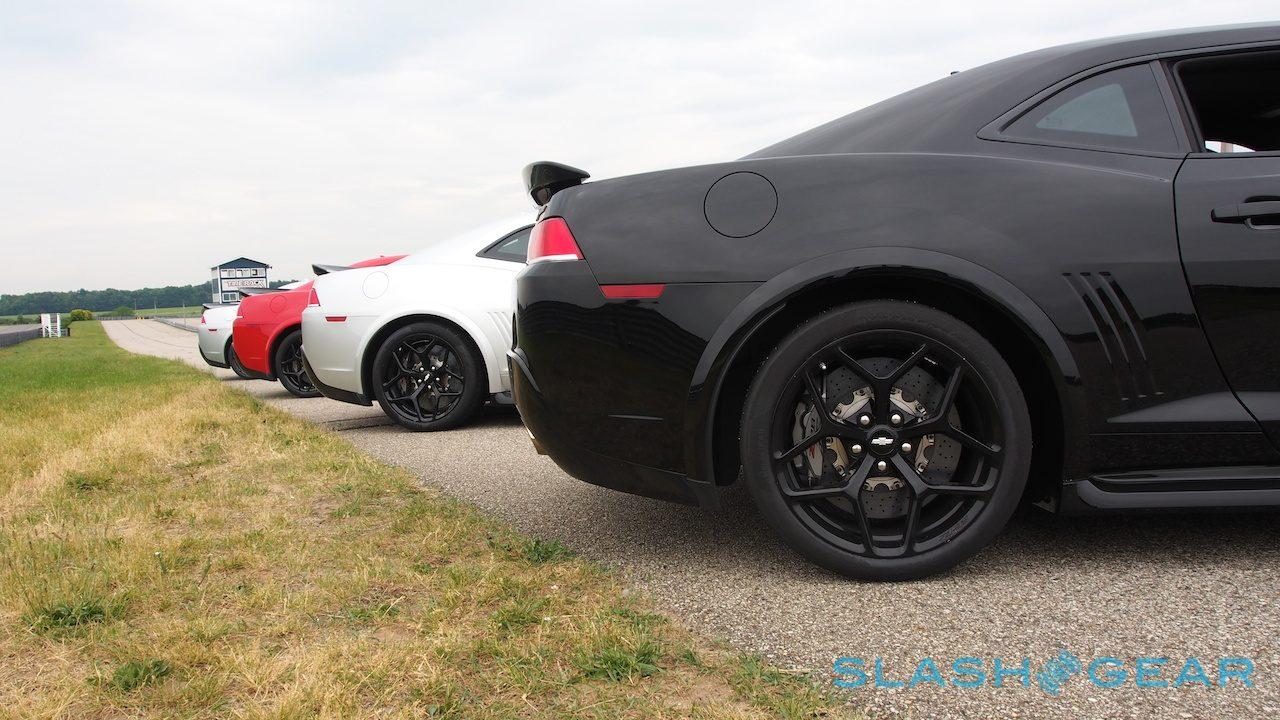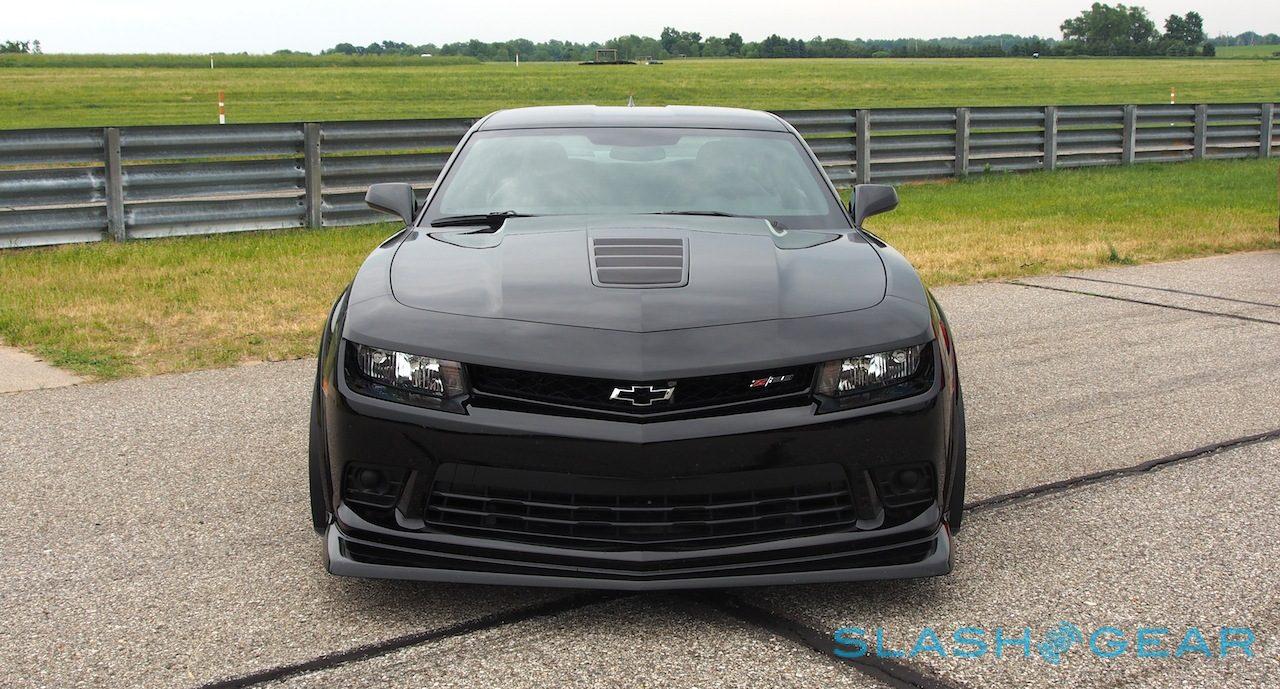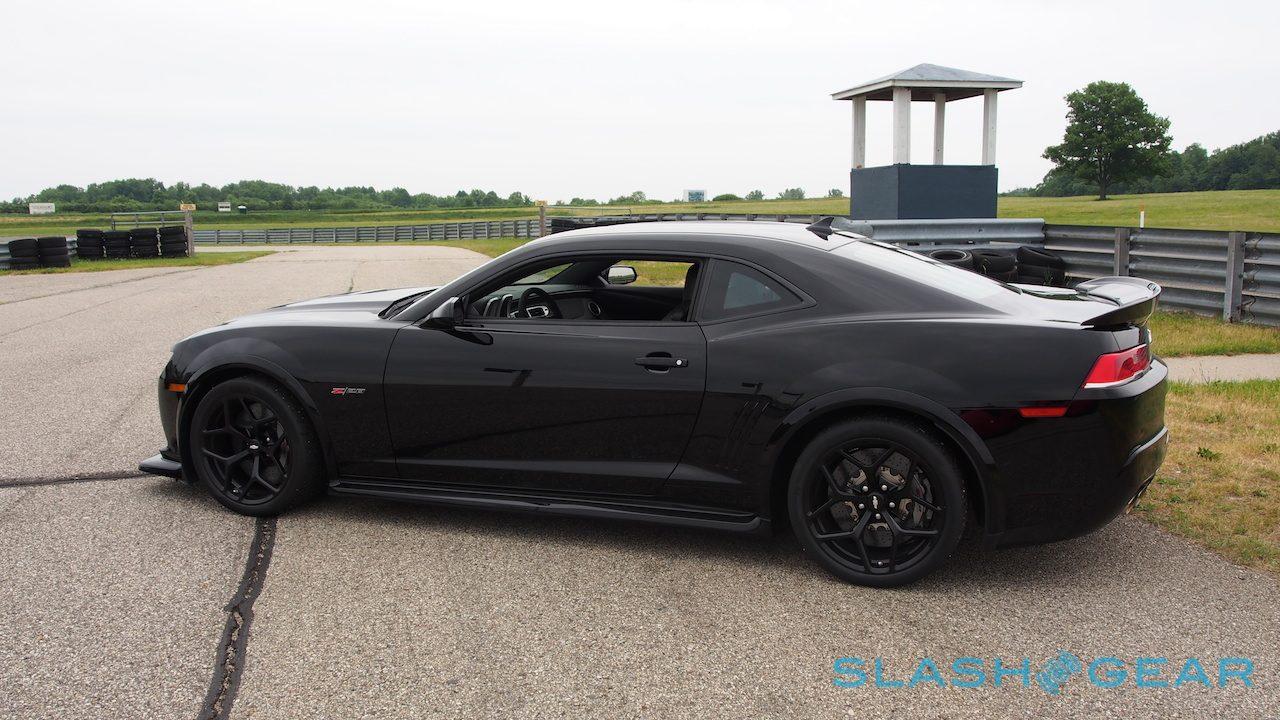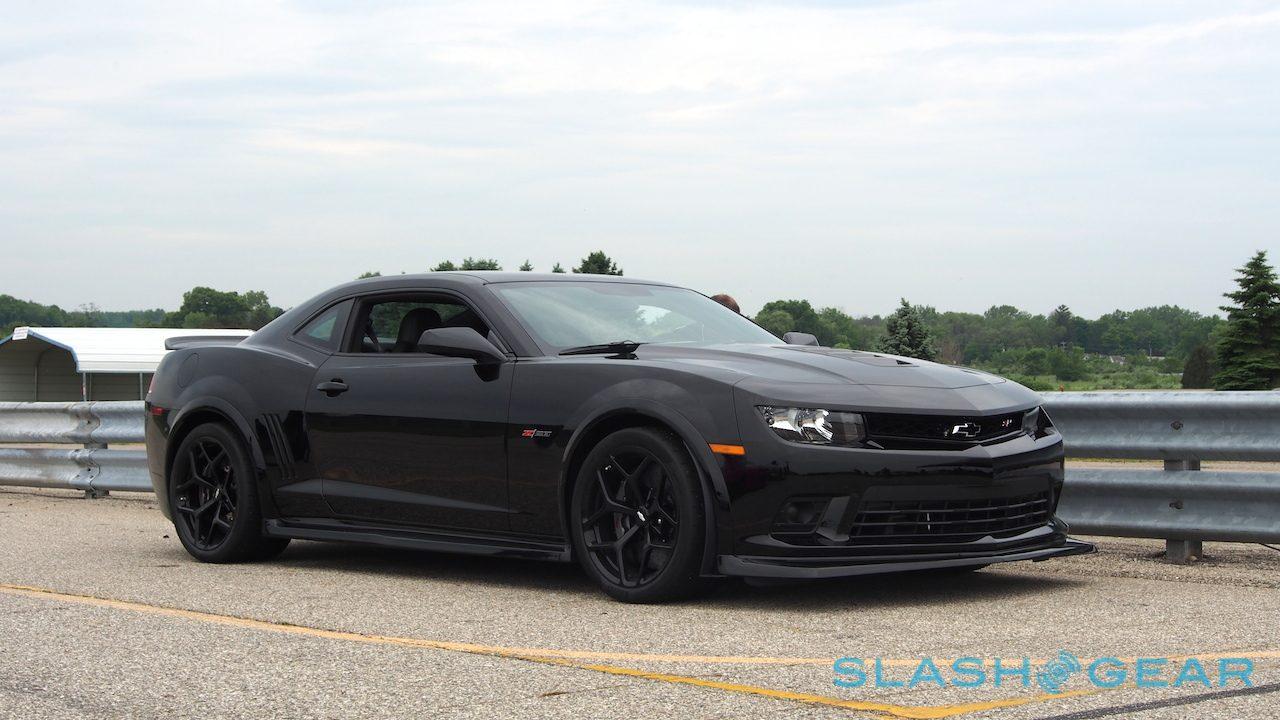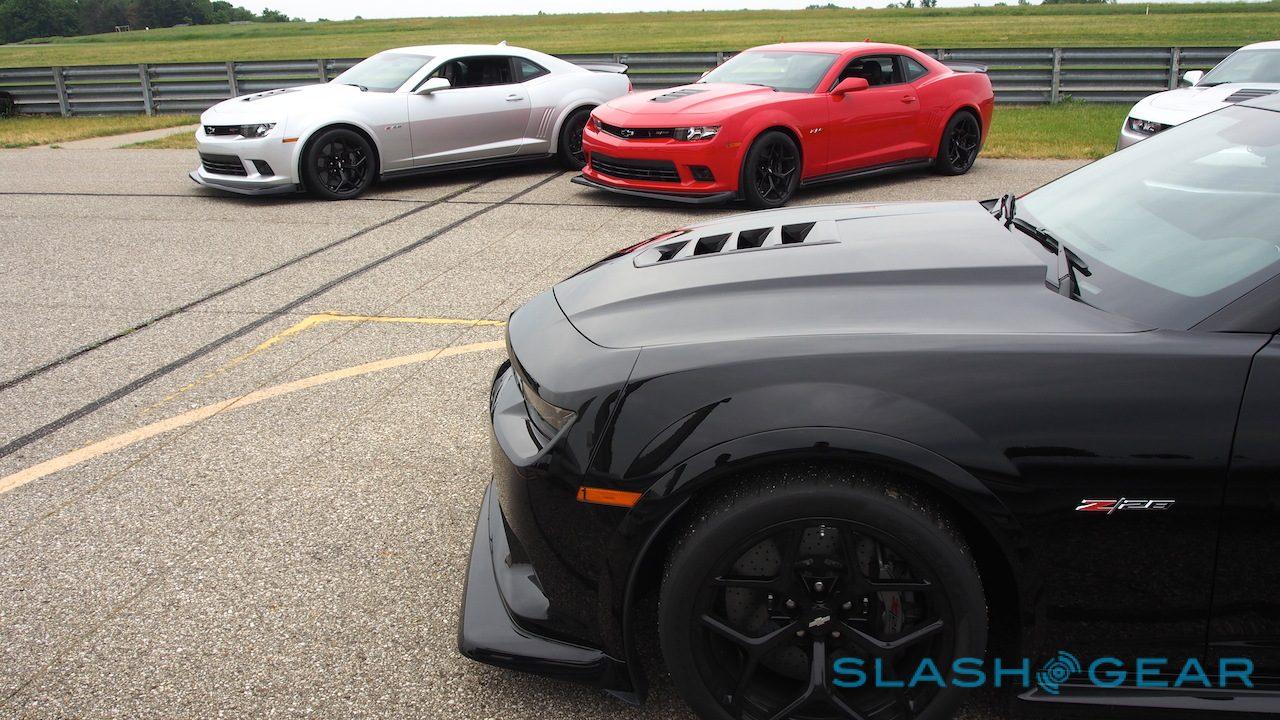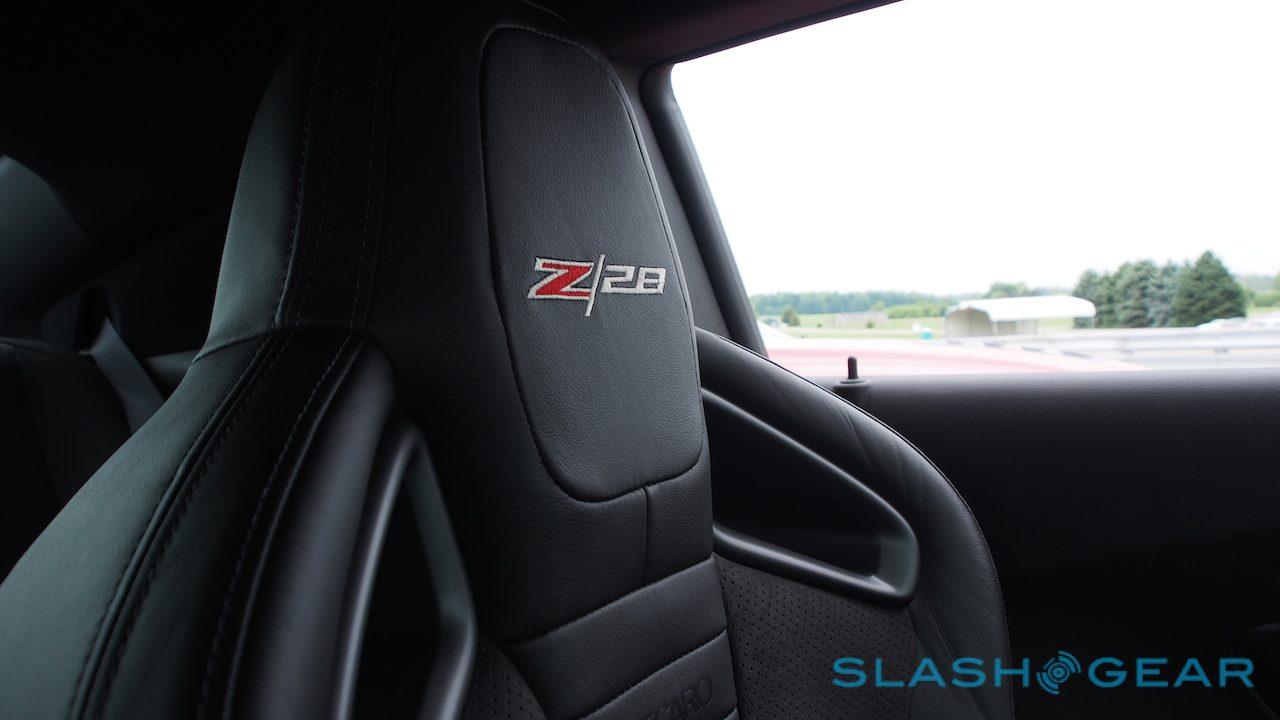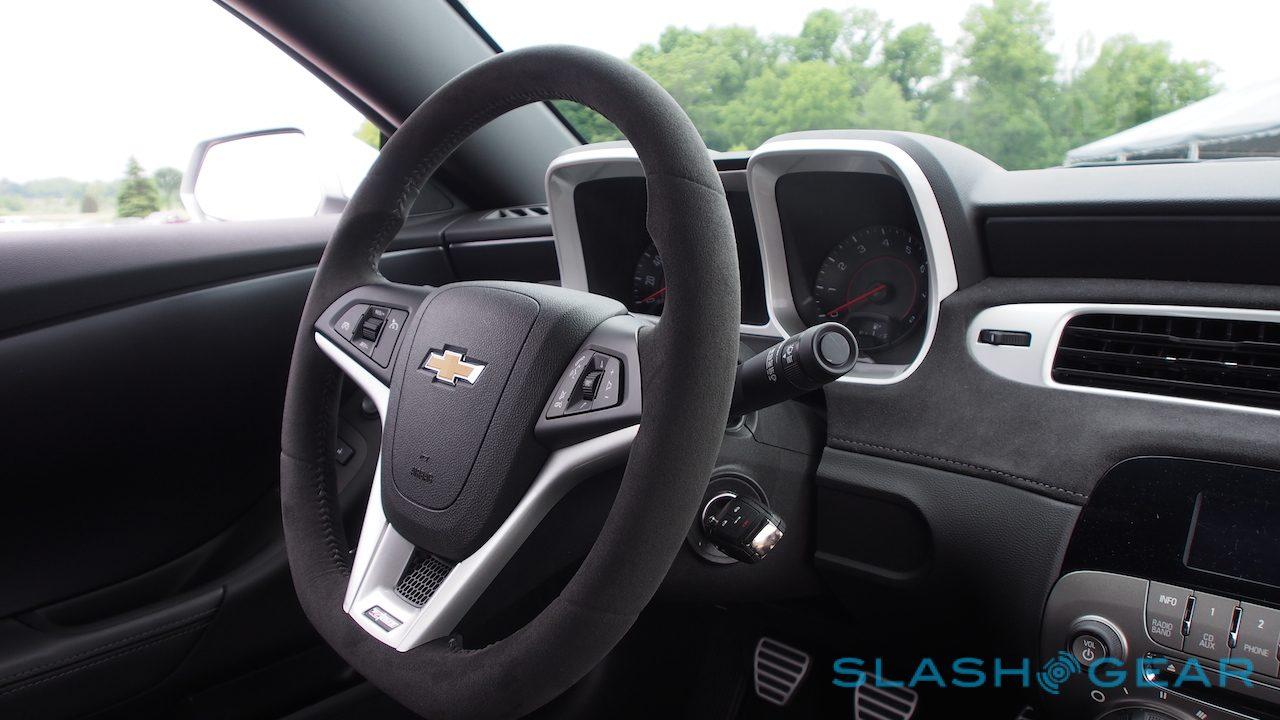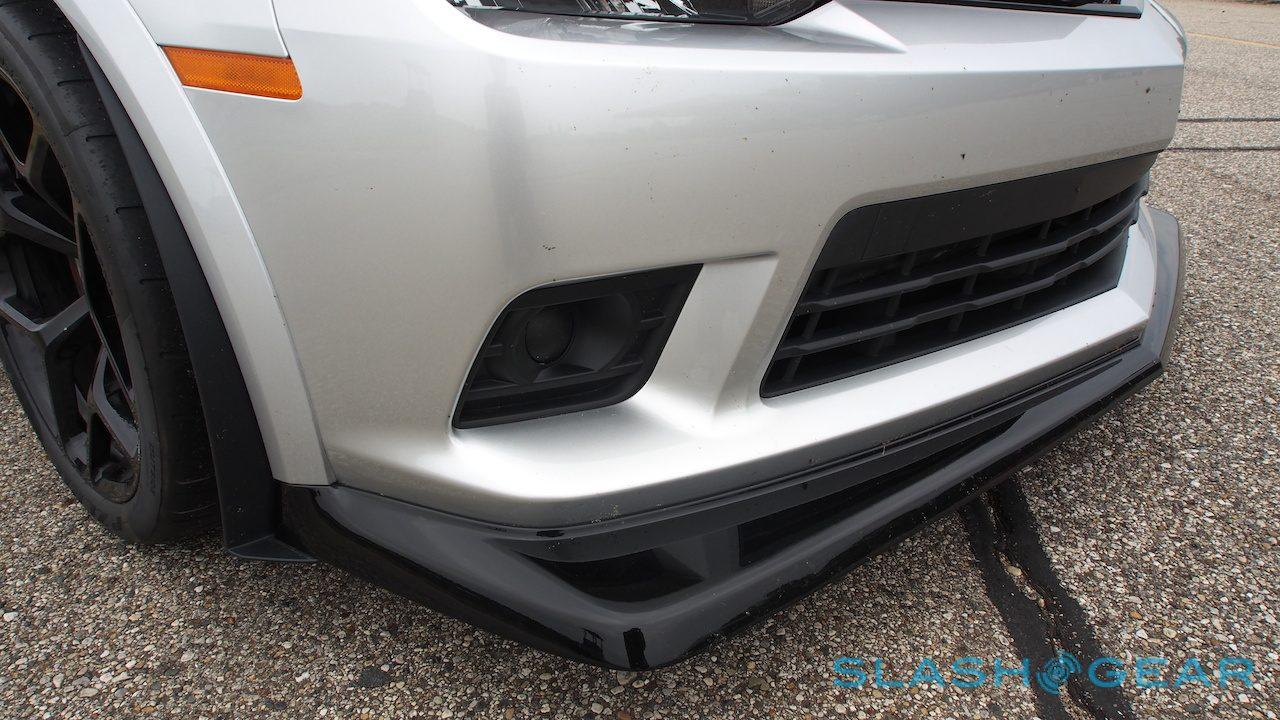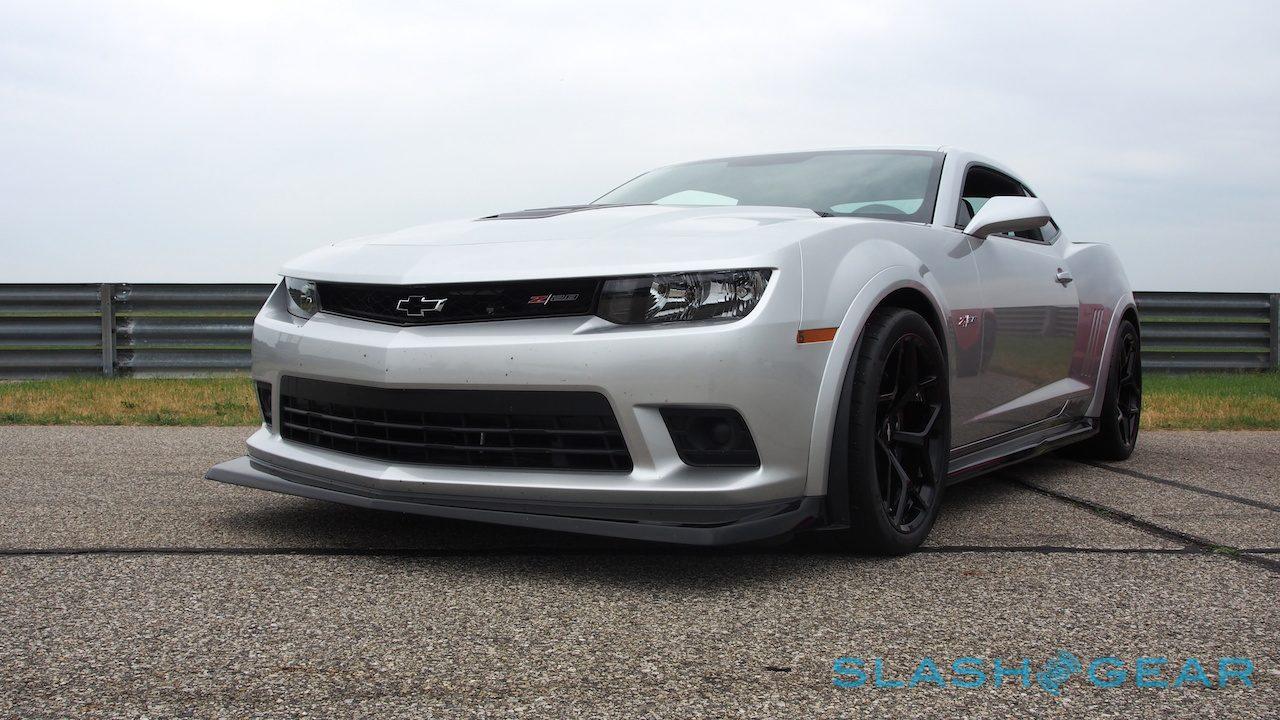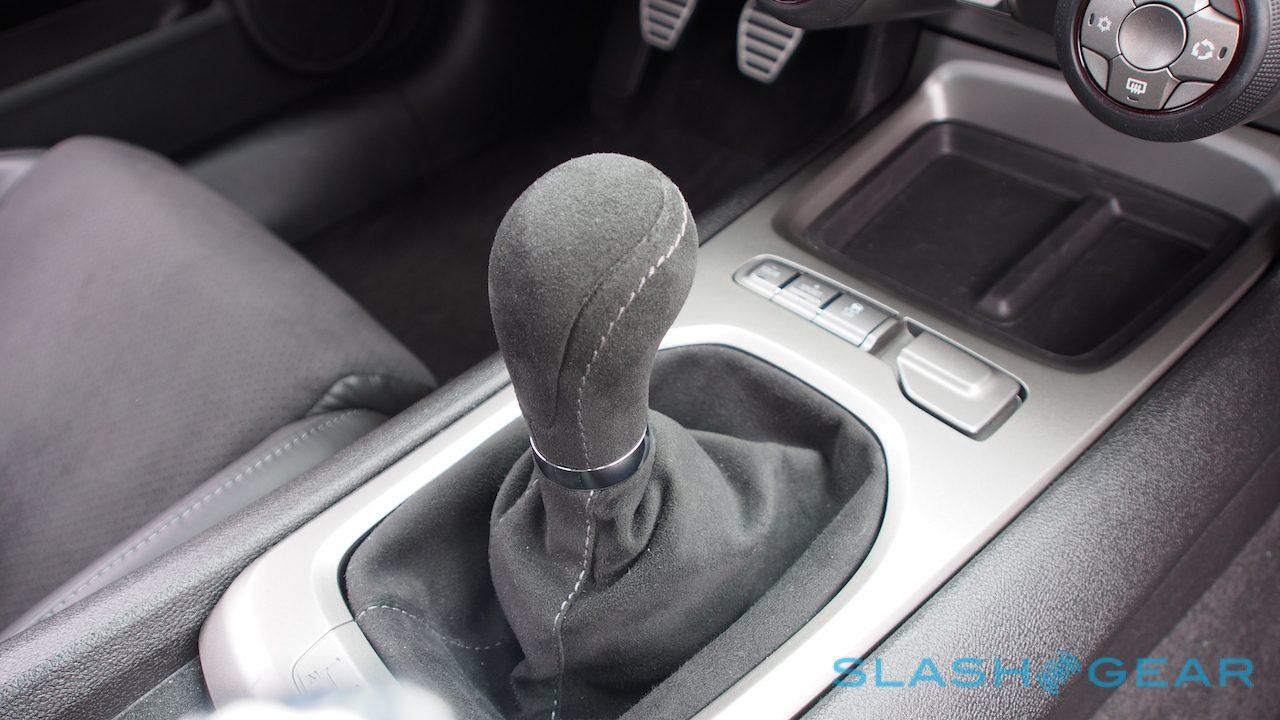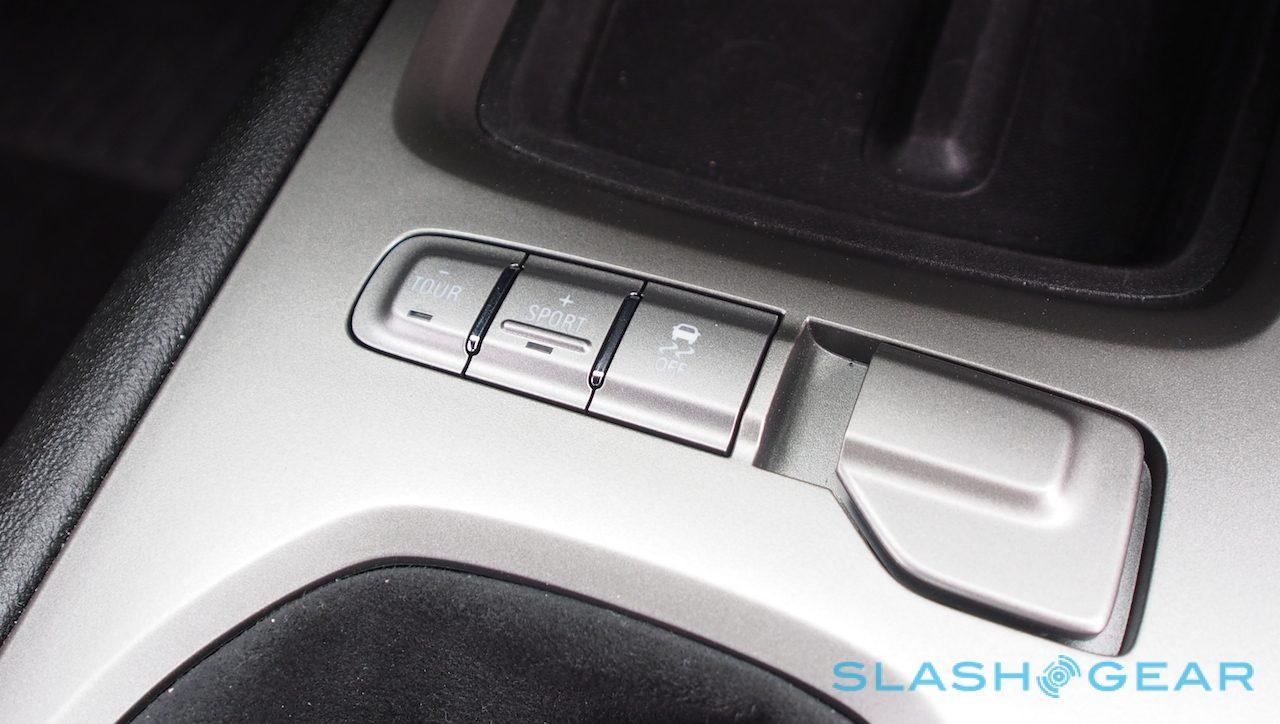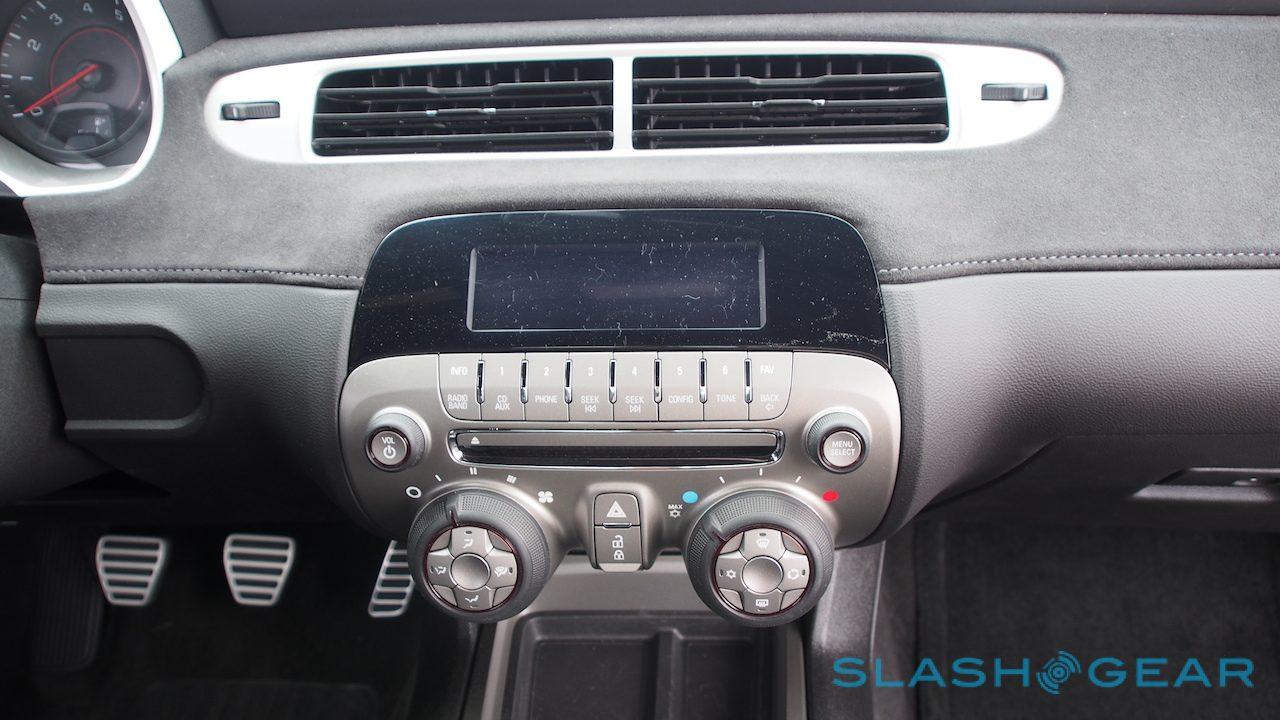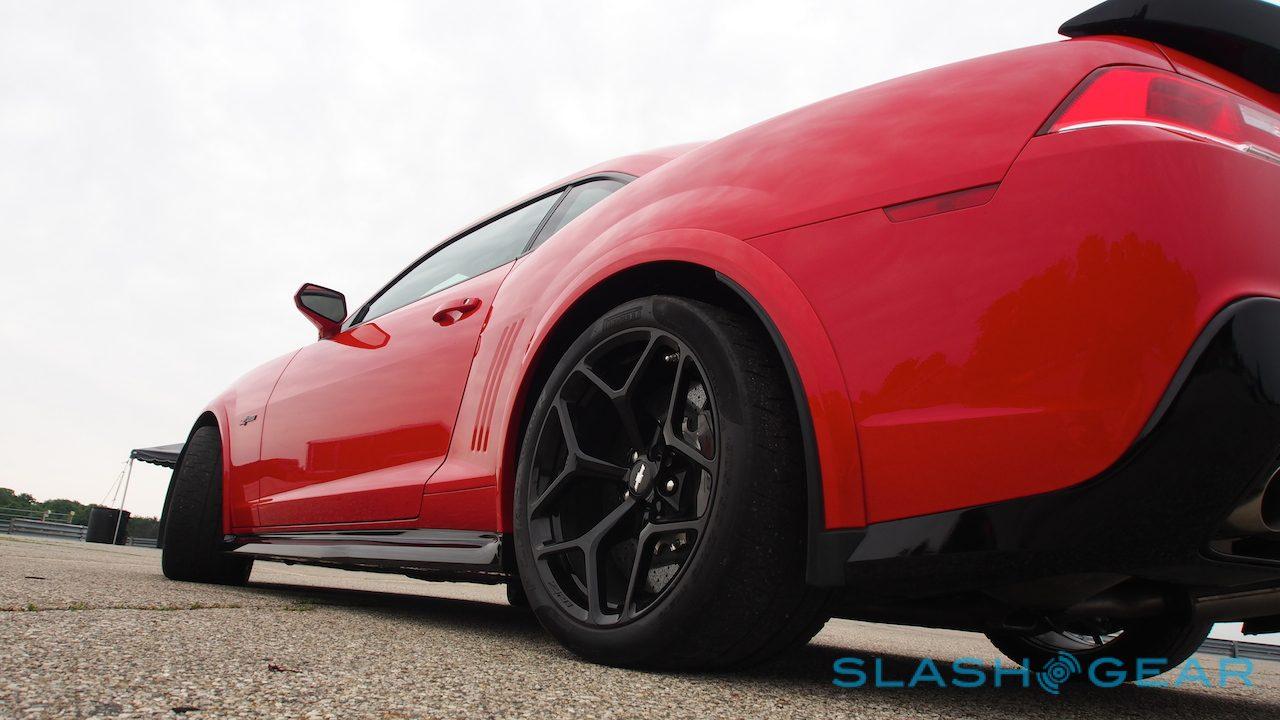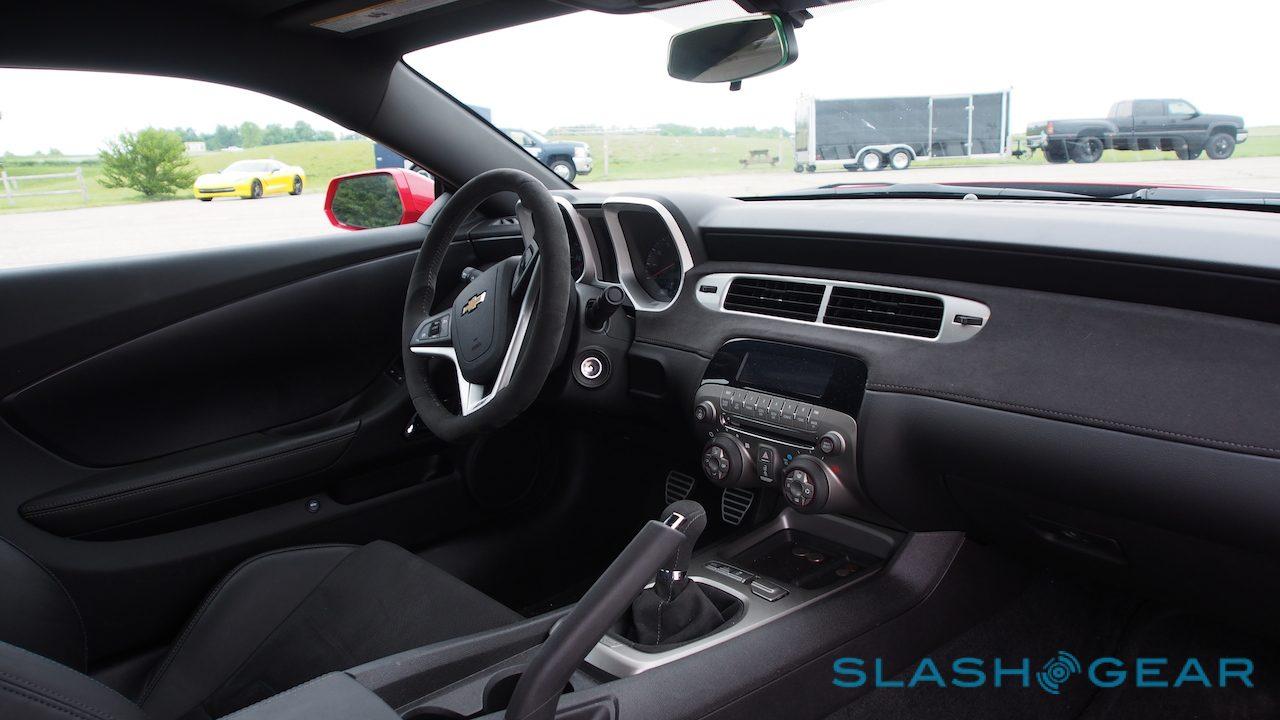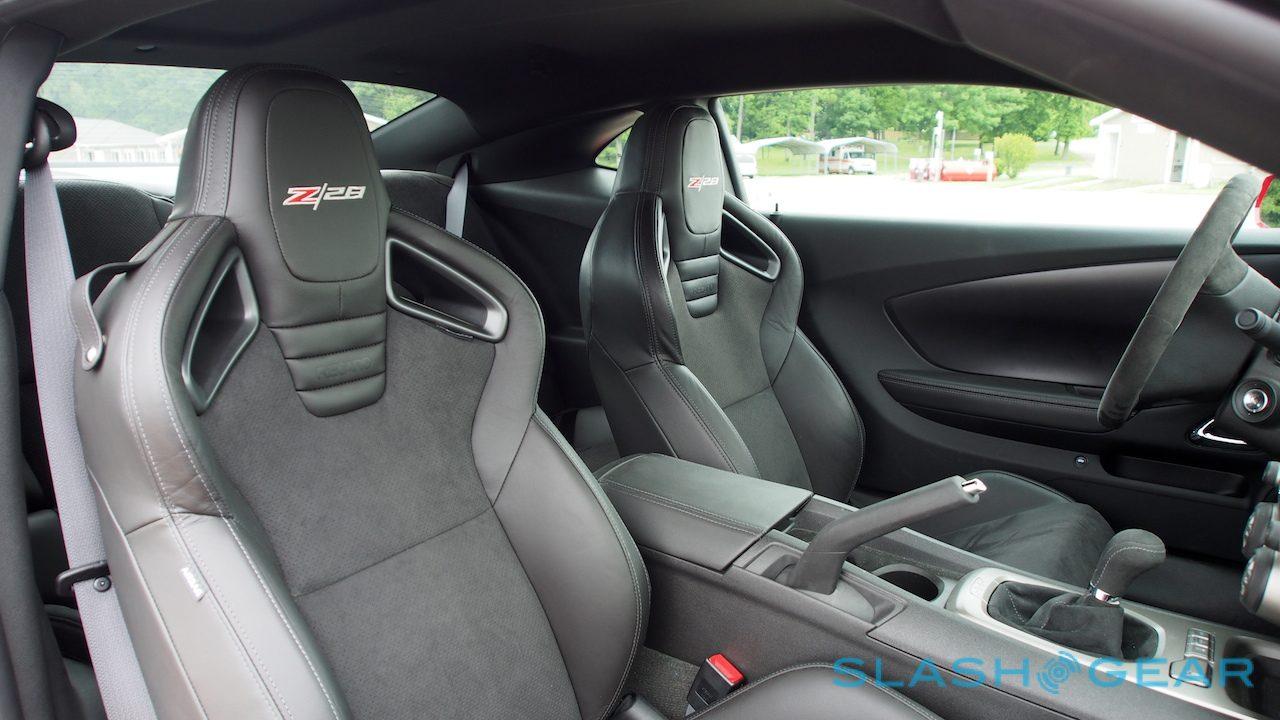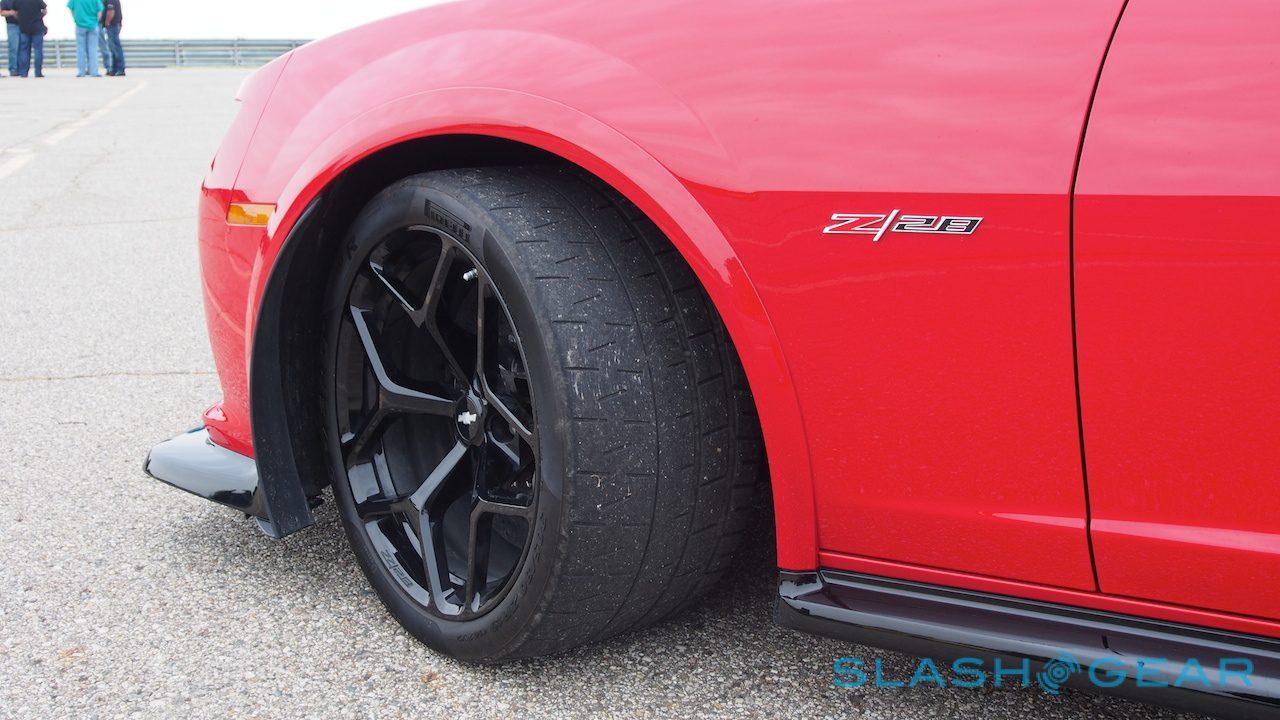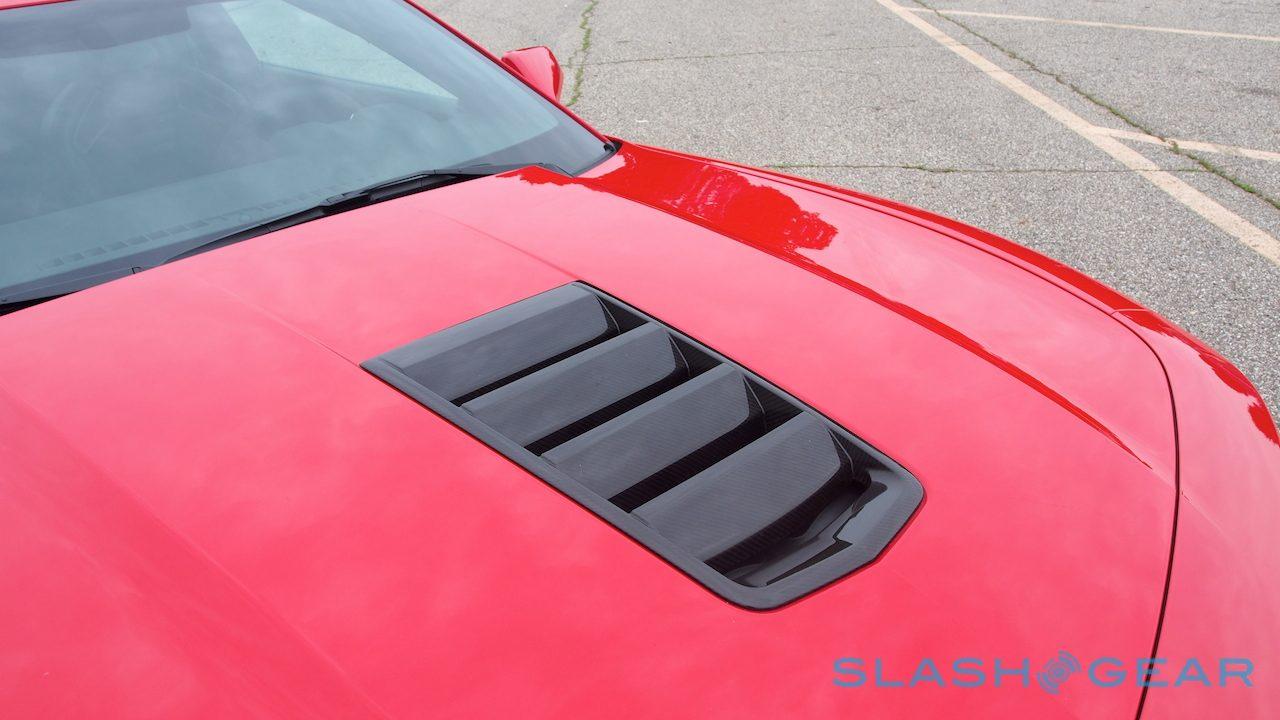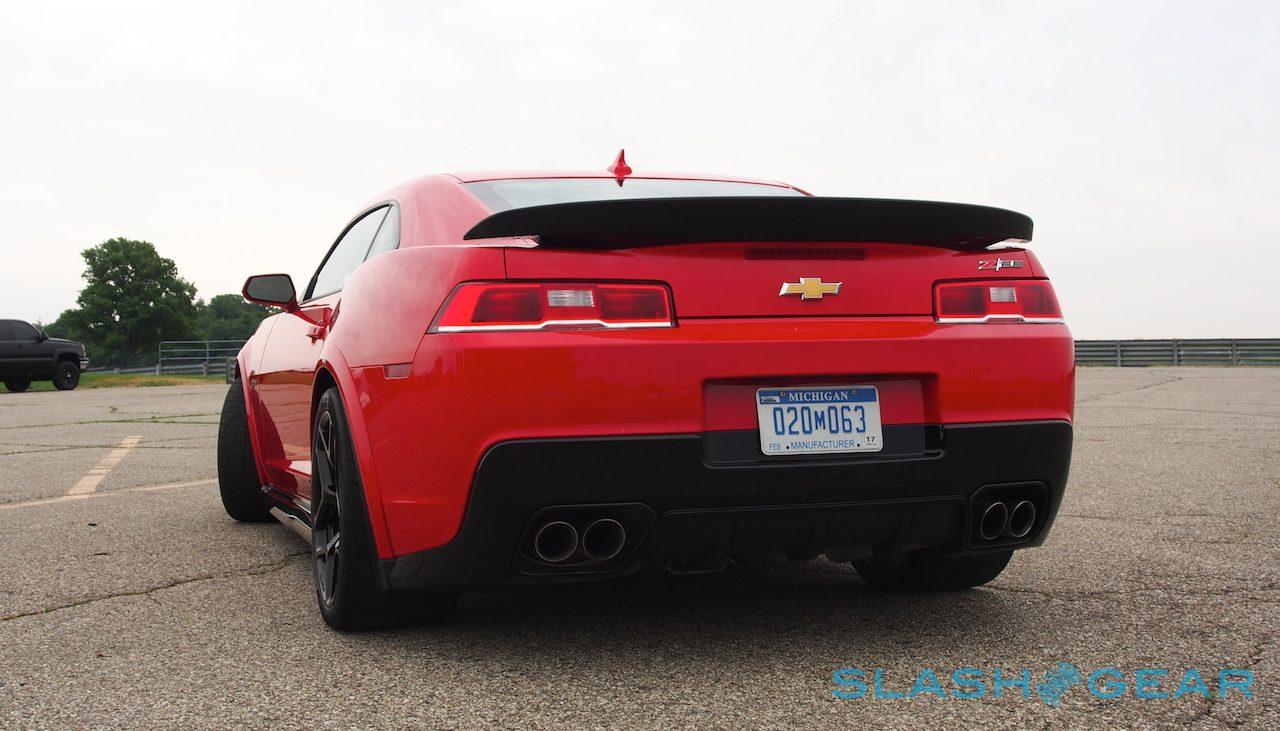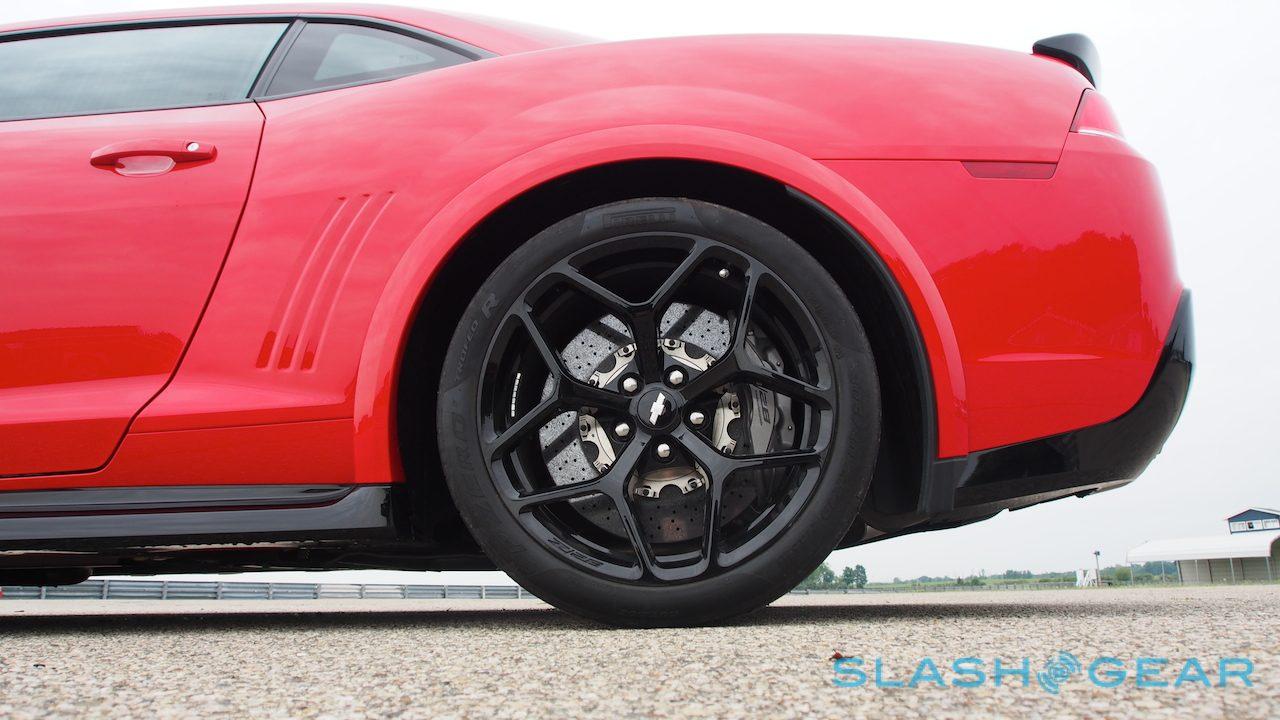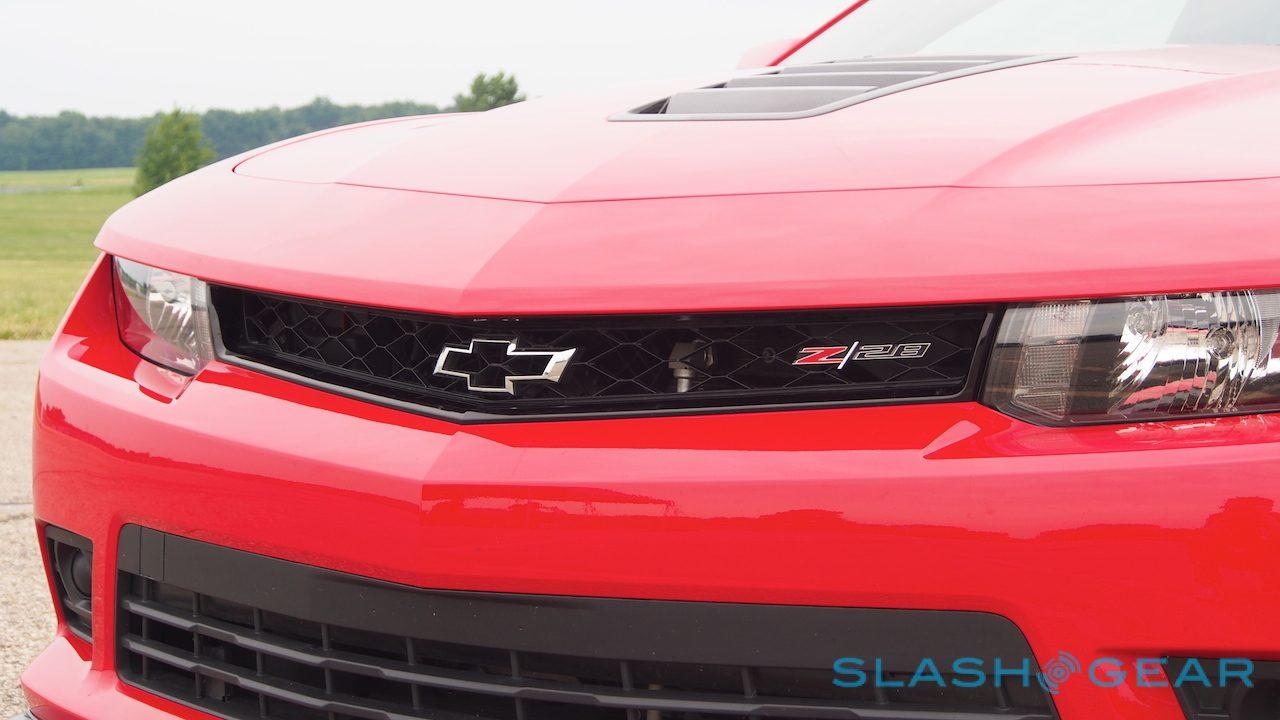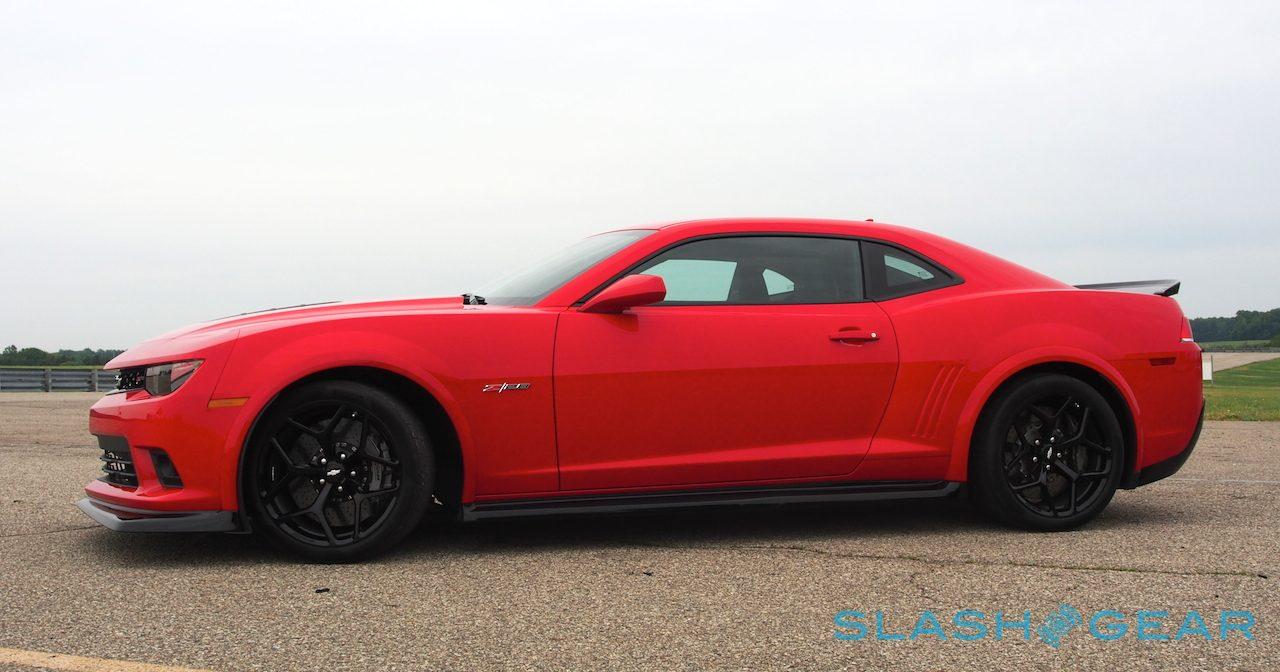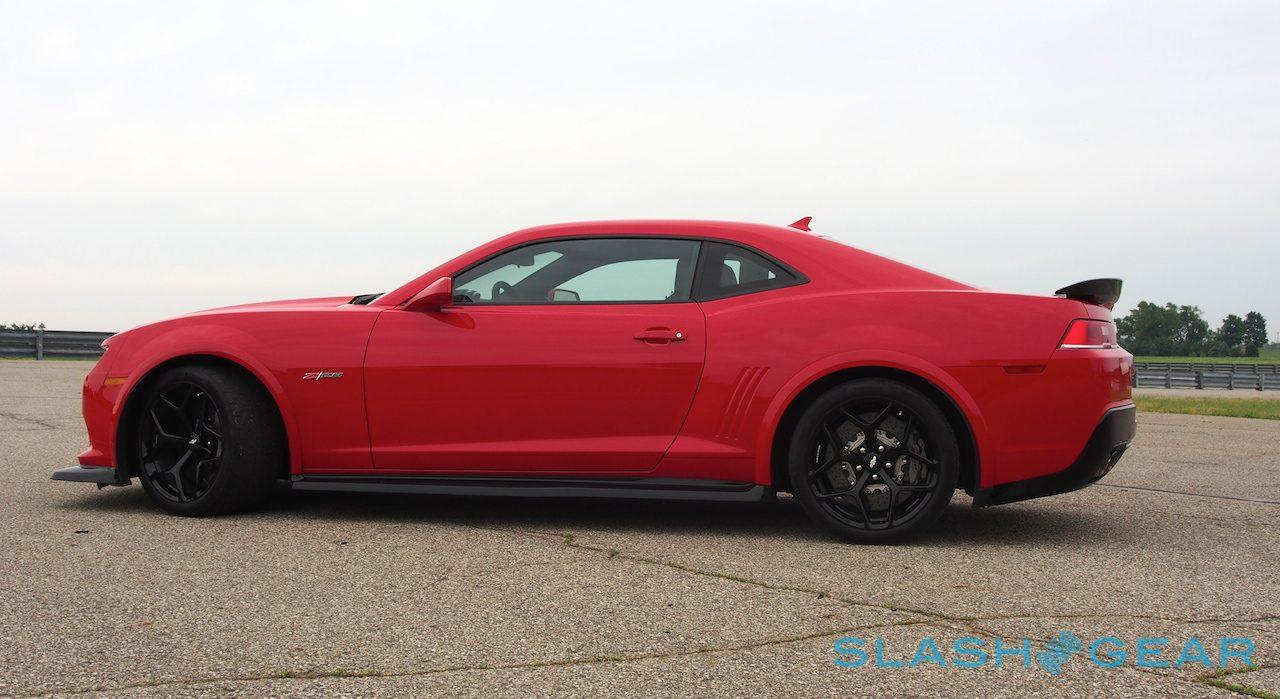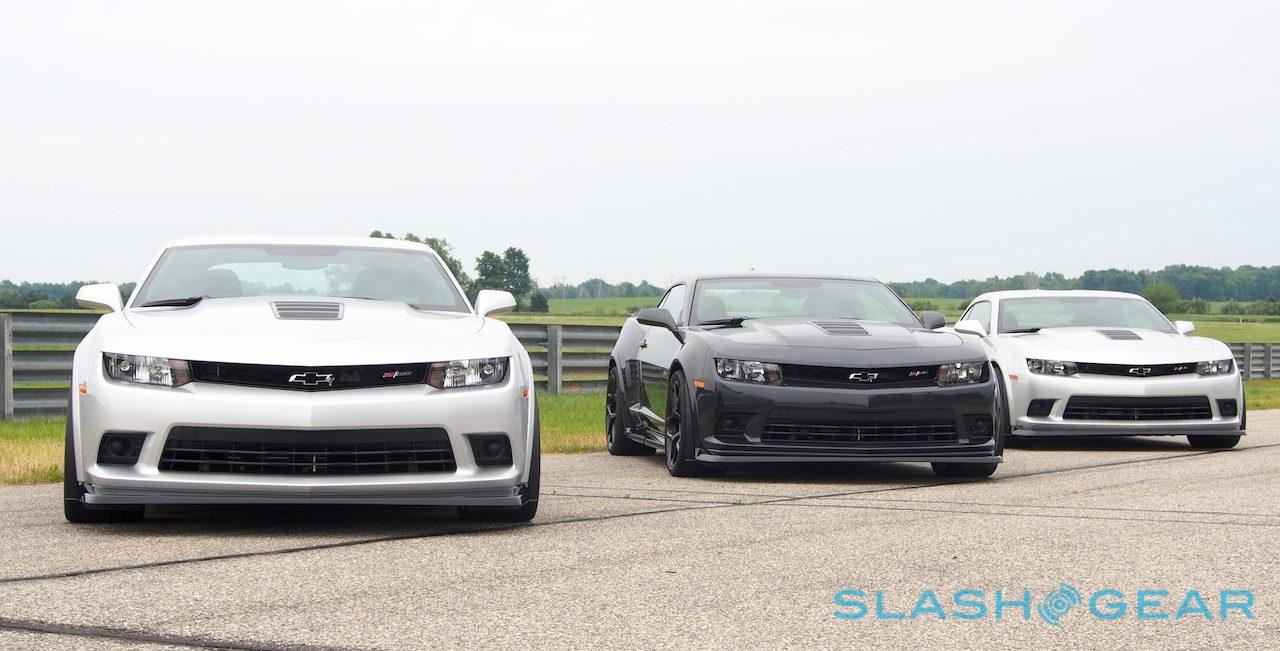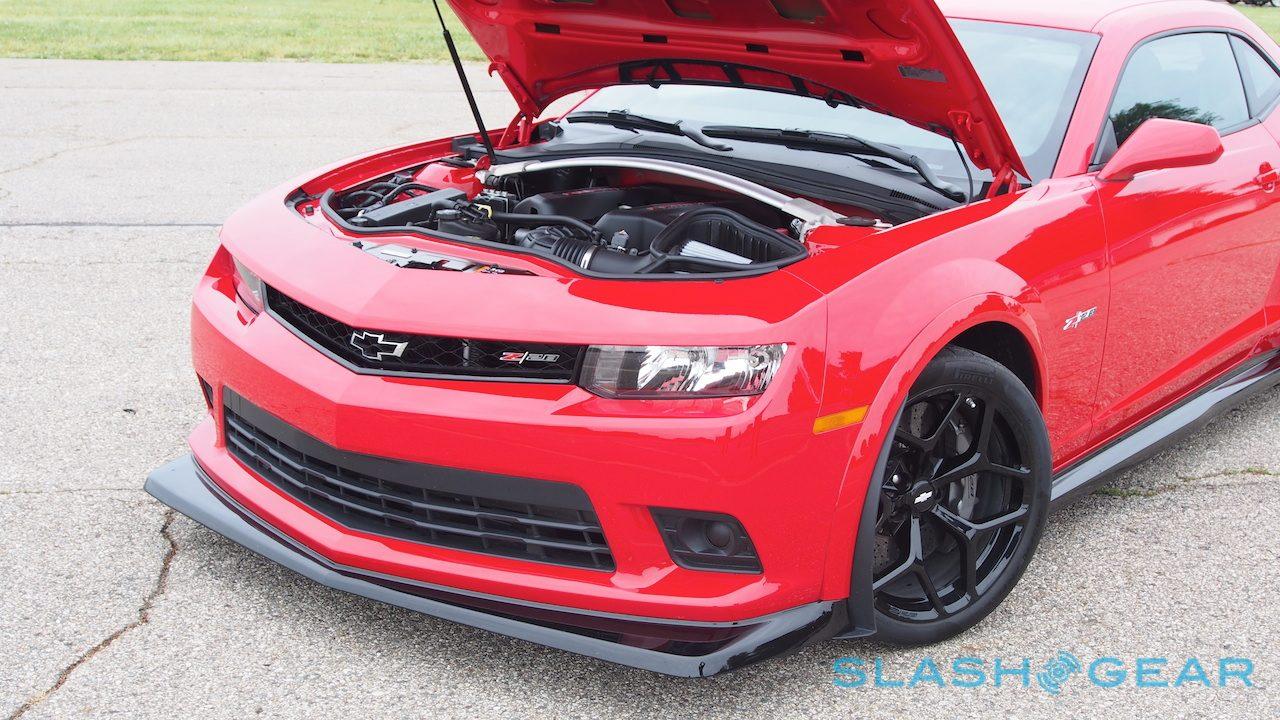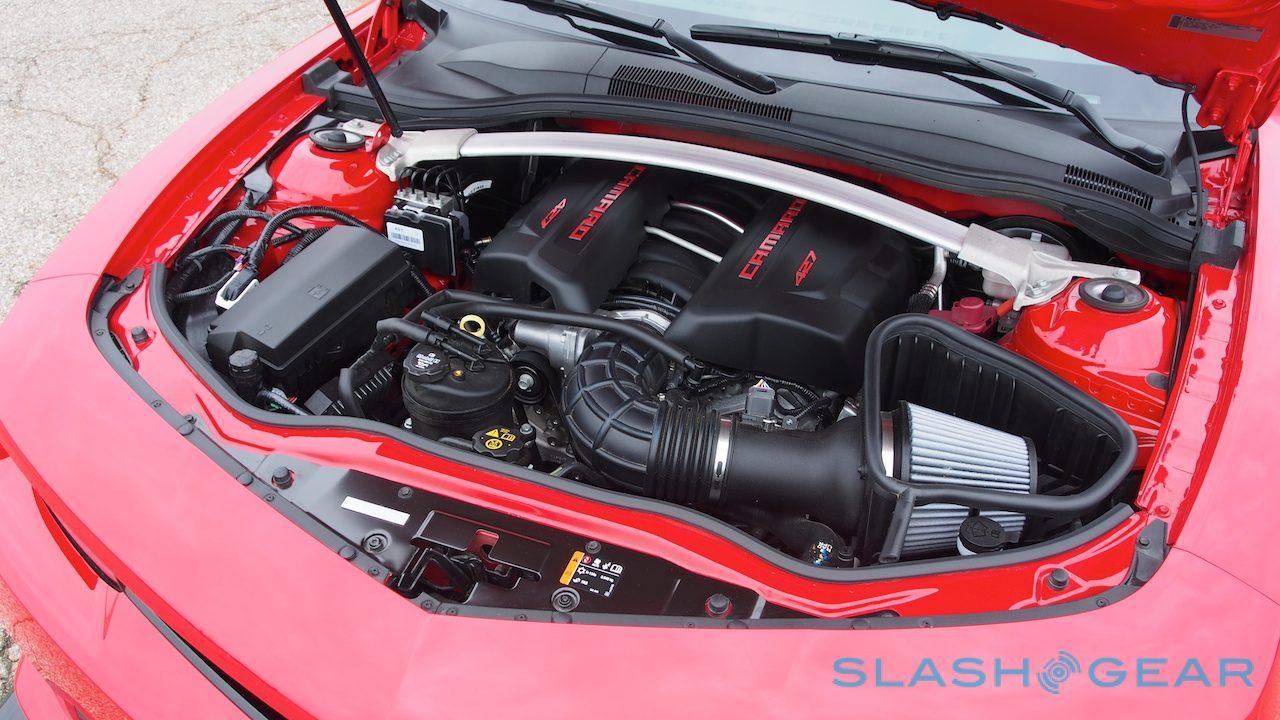2014 Camaro Z/28 First-Drive
Chevrolet has resurrected a legend, with the Camaro Z/28 finally granting its muscle car the badge enthusiast drivers have been crying out for. Building on the seven-liter V8 LS7 engine from the old Corvette Z06, Chevy's engineers hand-squeeze out 505 horsepower and 481 pounds per foot of torque, mounted in an aero-treated body that's been built for speed and downforce. So, when Chevrolet called to see if I wanted to be among the first to drive the Z/28 on the track, I didn't say no.
The Z/28 name isn't short on heritage. Chevrolet first used the badge on a Camaro in 1967, a special edition for the Sports Car Club of America's Trans-Am 2 class races. Subsequent cars lost some of the viscerality that made the original special, but the 2014 Camaro Z/28 aims to redress that in the most honest ways possible.
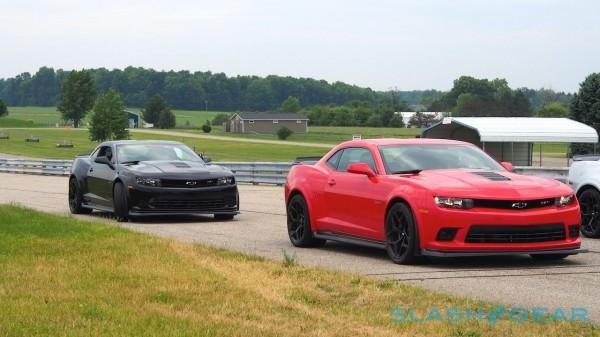
That means pairing a meaty engine with the best in race-ready components and a serious diet. Efforts to cut weight have been relentless, in fact: Z/28 buyers will find air conditioning is an option, as is a basic audio system. That's only the start of Chevrolet's efforts, however.
In all, over 190 parts are unique to this particular version of the car. Special 19-inch Pirelli P-Zero 305/30 tires and lightweight alloy wheels save almost 22 kilos. They're matched with vast carbon ceramic brakes almost 10 kilos lighter than the regular Camaro's. You still get rear seats, but the bench has been reduced by 4.7 kilos, about the same as has been cut from acoustic insulation.
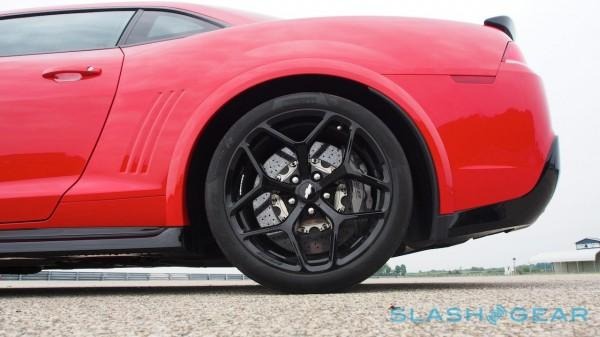
Some of the smallest cuts show just how keen the Z/28 team was to reduce the curb weight. Making the rear glass 0.3mm thinner shaved 400 grams; by stripping out the redundant wiring from the cable harness, a further 500 grams was cut.
Even the badge has been disemboweled in the name of weight and cooling, the middle snipped out to make a "Flowtie" to improve airflow and help keep temperatures down.
What was added in, therefore, is the best a road-legal track car could hope for. There's a new, more efficient liquid-to-liquid cooling system for the engine oil, transmission, and differential, while a new dry sump lubrication system is designed to maintain oil pressure even at high Gs in the corners.
There's even the evocatively named "Fly Car Mode" which, rather than letting the traction control kill the power if you manage to get some space between the tires and the track, keeps the torque flowing so that there's no delay when you're back on the ground again.
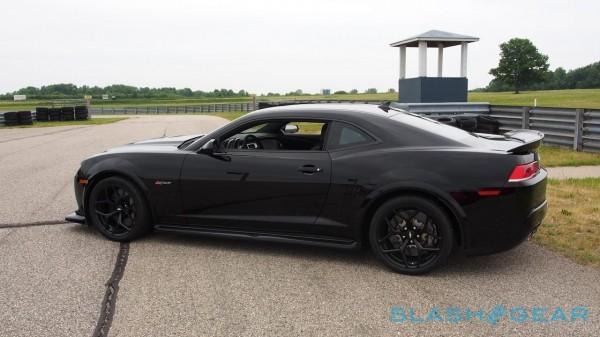
Still, even with Chevrolet's best efforts, the Z/28 still tips the scales at 3,820 pounds. You might think that, like the old Z/28 cars, that means it's all about straight line performance, but the new model is intended to turn just as well.
Chevrolet opted for an AAM Helical limited slip which automatically flips between three modes for the entry, midpoint, and exit of each corner, balancing grip and torque for the best performance. Meanwhile, the same monotube shock absorbers Aston Martin used on its boutique One-77 super car allowed Chevrolet to independently tune the compression and rebound on the Z/28.
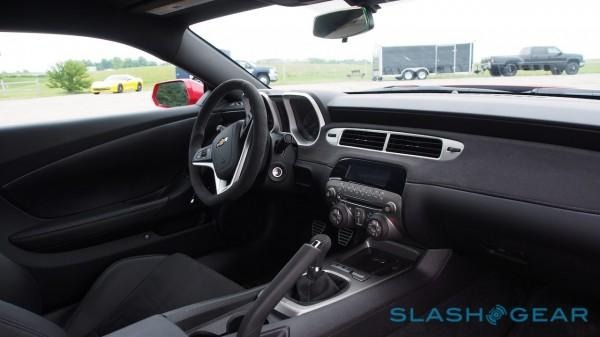
It sounds complex. On the track, though, it all comes together in a very simple way. Hit the throttle, surge forward, then rely on the incredible stopping power of the brakes to shed speed at the very last moment. The Z/28 turns with video game degrees of ease, with five levels of stability control ranging from wet condition coddling through to relying solely on the driver's skills.
Then you stomp on the gas again, and enjoy the increasingly rare sound of a naturally-aspirated V8. Chevrolet will only offer the Z/28 with a six speed Tremac TR60-60 manual gearbox, and it's a beautiful transmission, the Alcantara-wrapped shifter slotting neatly between ratios as the Camaro throws down its broad torque range.
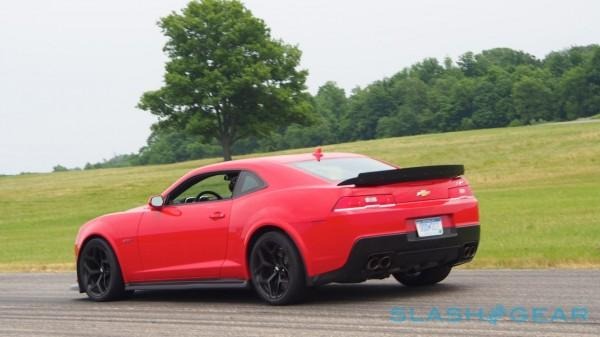
Arguably most gratifying is that you don't need to have the skills of a professional racing car driver to feel like you're enjoying yourself. Neither do you need to turn off the Z/28's electronic brain to have fun.
In fact, the Camaro flatters everyday drivers who treat it with enthusiasm and, while it's certainly possible to push too hard, when it breaks out of line it does so in a generally predictable way rather than suddenly hurling you off the asphalt.
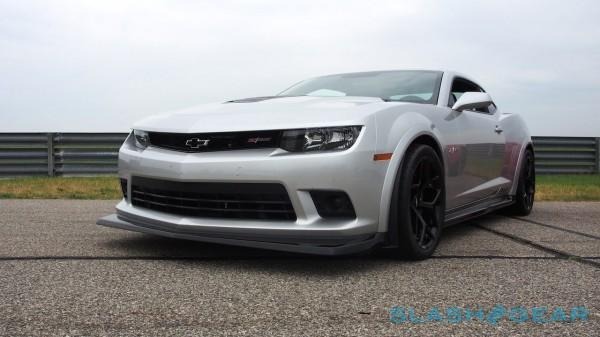
I'm a fair driver though certainly nothing special, but after a couple of laps to acclimatize myself, I was soon throwing the Z/28 around with familiarity, hopelessly charmed by its proclivity for late braking and throttle stomping exits from corners.
The sticking point for many will be the price: $75,000 is a lot to pay for a track car. Chevrolet's sales expectations are conservative, and the company only plans to make a few thousand Camaro Z/28's. Although it's neither cheap nor especially practical off the track, nonetheless it'll arguably be the epitome of a modern muscle car when it goes on sale, the playful brute the Camaro range needed.

